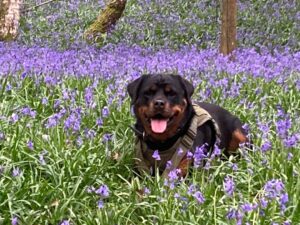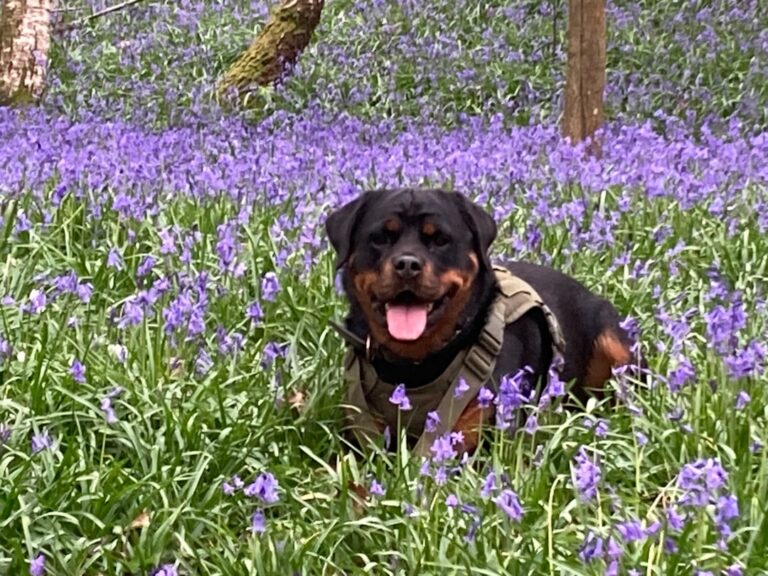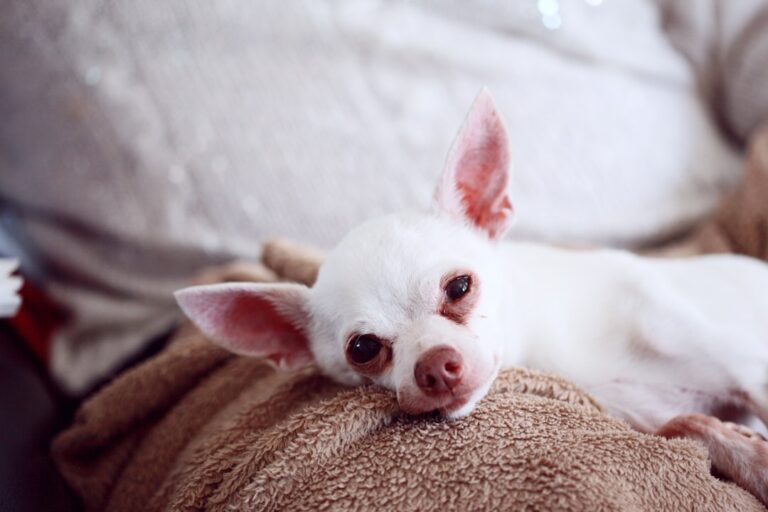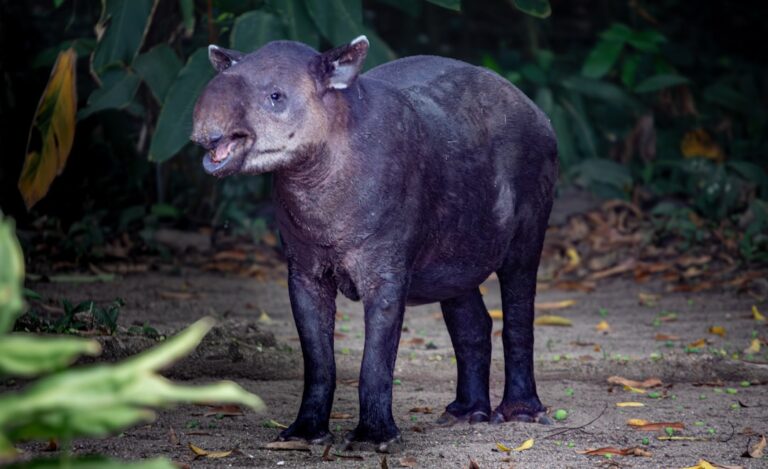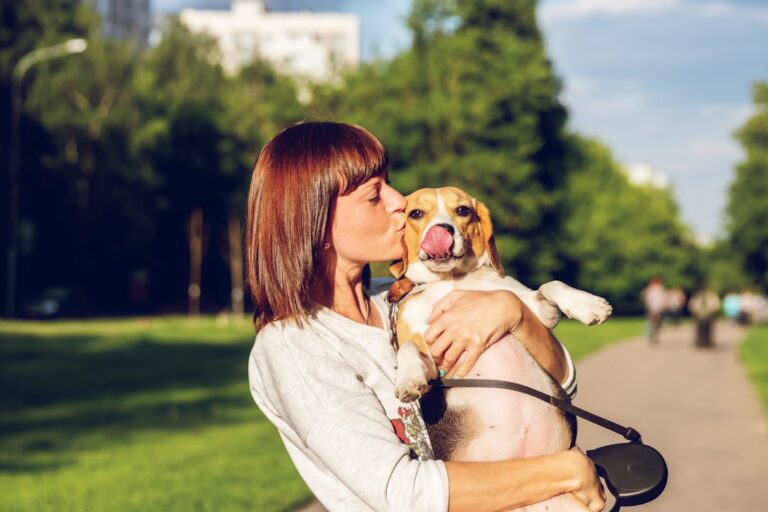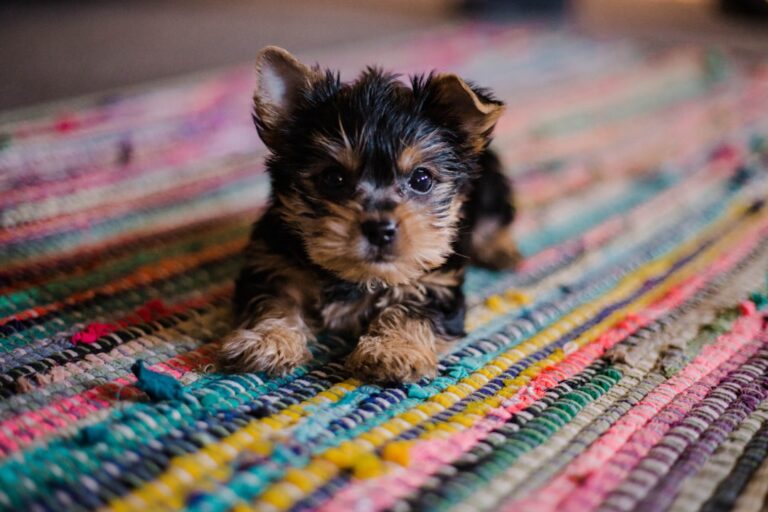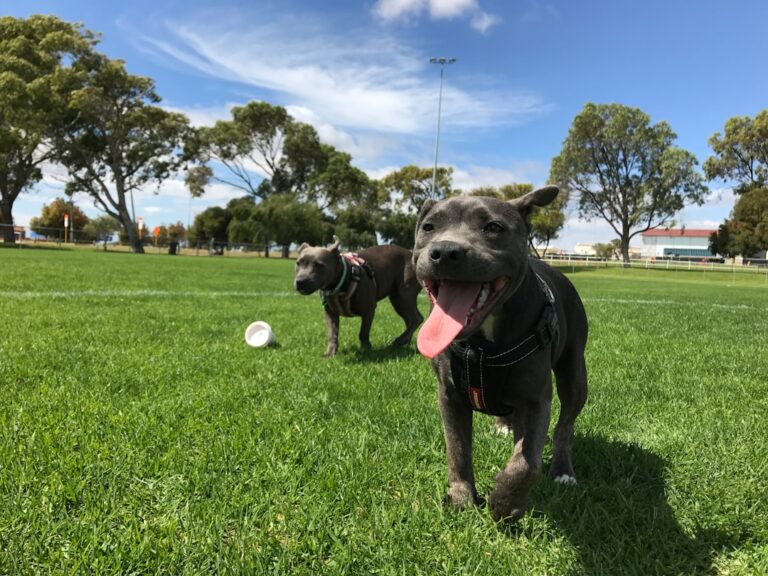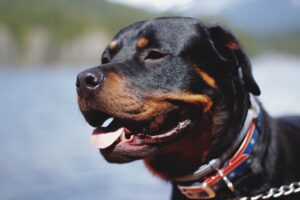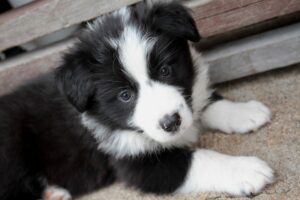Among numerous dog breeds, the Great Dane stands out with its elegant appearance, majestic physique, and gentle personality. It is often referred to as the ‘Apollo of Dogs’, symbolizing the perfect combination of power and beauty. Whether as a family pet or a protective companion, the Great Dane is widely loved for its unique charm.
1、 Historical origin: from hunting dogs to aristocratic darlings
The history of the Great Dane can be traced back to ancient Europe, where its ancestors merged the bloodline of large and fierce dogs such as the Molossus. Initially, they were used for hunting large prey such as wild boars and deer, earning a reputation for their strong physique and agile reflexes. In the 16th century, this breed of dog gradually became a symbol of European nobility, especially favored in Germany.
The name ‘Great Dane’ does not originate from Denmark, but is named after the variety that was once popular in Denmark. ‘Great’ reflects its massive size. Nowadays, the Great Dane is no longer a warrior on the battlefield or hunting ground, but has become deeply ingrained in people’s hearts as a gentle and loyal family companion.
2、 Appearance features: tall and majestic yet elegant
The Great Dane is one of the largest dog breeds in the world:
Males can reach a shoulder height of 81-86 centimeters and weigh between 63-79 kilograms;
Females are slightly smaller, with a shoulder height of about 71-81 centimeters and a weight of 50-68 kilograms;
Tall and muscular, with deep chest and long legs, showcasing a combination of strength and speed;
Rich in fur colors, including deer color, striped color, blue, black, cloak color, and spotted color;
Short hair is smooth and easy to maintain, with large and expressive eyes that exude wisdom and warmth.
Despite its imposing appearance, the Great Dane’s movements are very light and graceful, walking like a noble dancer, hence it is often referred to as the “black panther of dogs”.
3、 Personality traits: Gentle giant, caring family members
The most charming thing about the Great Dane is undoubtedly its gentle heart. Although it has a huge body size, it is naturally friendly, stable, and affectionate, making it very suitable for families with children. They are extremely loyal to their families and enjoy being by their masters’ side, making them ideal ‘sofa companions’.
Friendly relatives: particularly patient with children;
Strong socialization: gets along well with other pets;
Calm and composed: not easily barking, nor aggressive;
Strong curiosity: enjoys exploring new environments and is suitable for taking walks outside.
However, due to its large size, even unconscious movements can cause accidental injuries, so it is particularly important to undergo good socialization training from an early age.
4、 Training and socialization: Starting from a young age, shaping good behavioral habits
Training a Great Dane requires patience and consistency, especially during the puppy stage:
Early socialization: Exposure to different people, animals, and environments can help build confidence;
Basic command training: Basic commands such as sitting, staying, and accompanying must be mastered;
Positive reinforcement: Rewards and encouragement are more effective than punishment;
Avoid excessive exercise: During the growth period, vigorous jumping should be avoided to prevent joint injuries.
Many Great Danes exhibit high levels of intelligence and strong learning abilities. With proper methods, it is easy to train obedient and sensible dogs.
5、 Health issues: Pay attention to common diseases and take preventive measures
As a large dog, the Great Dane faces some genetic and size related health challenges:
Gastric volvulus (GDV): because the stomach is inflated and rotated, which endangers life, it is recommended to feed serving of individual dishes;
Hip dysplasia: regular check of bone development;
Heart disease, especially dilated cardiomyopathy, requires regular cardiac screening;
High cancer risk: Some studies have shown that the cancer incidence rate of Great Danes is higher than other dog breeds;
Thyroid dysfunction: affecting metabolism and skin health.
Choosing reputable breeders and ensuring that the parents of puppies undergo health testing is the first step in reducing the risk of disease.
6、 Daily care: simple but not to be ignored
The short fur of the Great Dane is easy to maintain, but the following points still need to be noted:
Brushing: once a week, with an appropriate increase in frequency during seasonal changes;
Bathing: Once every 2-3 months, use specialized care products;
Nail trimming: Trim every month to prevent discomfort while walking due to excessive length;
Oral hygiene: Brush your teeth 2-3 times a week to prevent periodontal disease;
Dietary management: Control calorie intake to avoid joint burden caused by obesity.
7、 How to choose a Great Dane?
To have a healthy and gentle Great Dane, it is recommended to do the following:
Searching for professional breeders: checking health certificates, conducting on-site visits to the breeding environment;
Consider adoption: Many adult Great Danes are abandoned due to their owners’ reasons, and adoption can also bring loyal partners;
Assessing living conditions: The Great Dane requires sufficient space for activity and is not suitable for long-term confinement in the apartment.
Conclusion: Spending quality time with gentle giants
The Great Dane is not only a breed of dog, but also a reflection of a way of life. They guard their families with their large bodies and convey emotions with gentle eyes. If you are willing to provide it with enough space, care, and training, it will repay you with lifelong loyalty and companionship. Choosing a Great Dane is choosing a trustworthy friend, a journey full of warmth and emotion in life.




